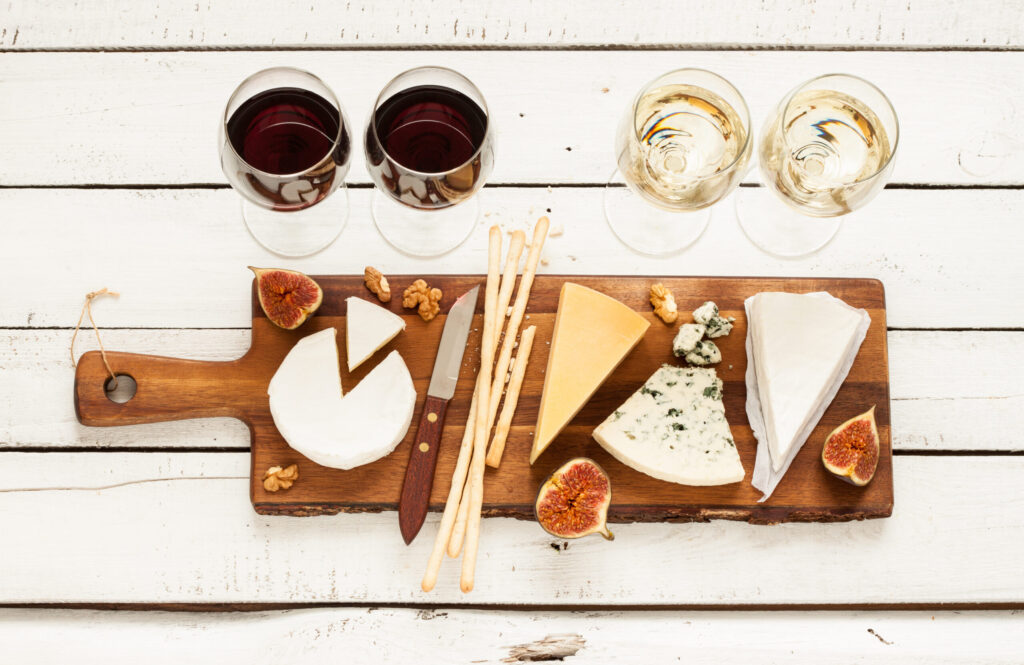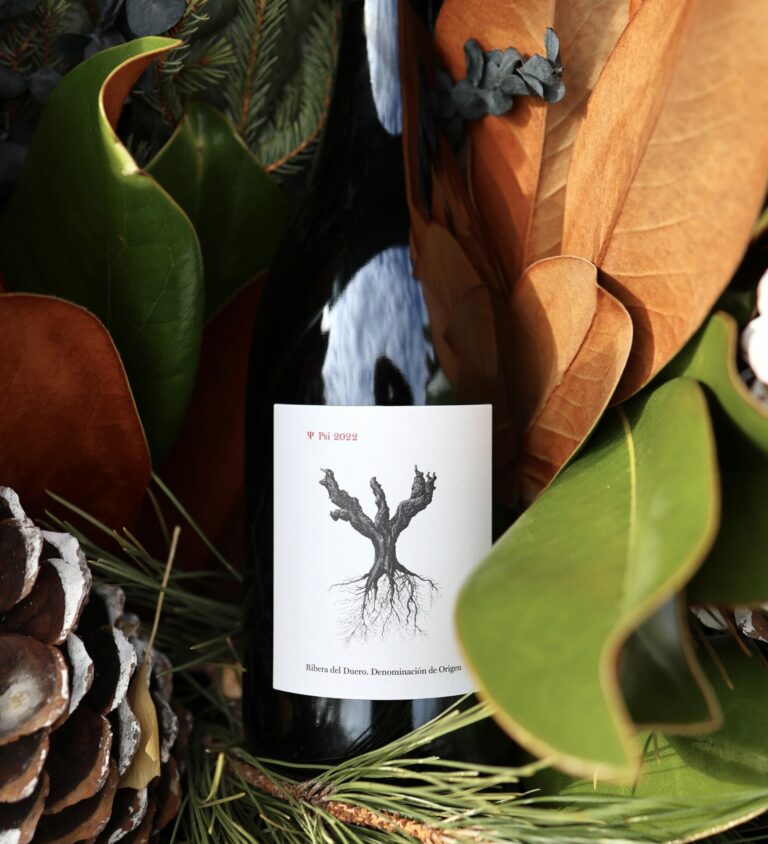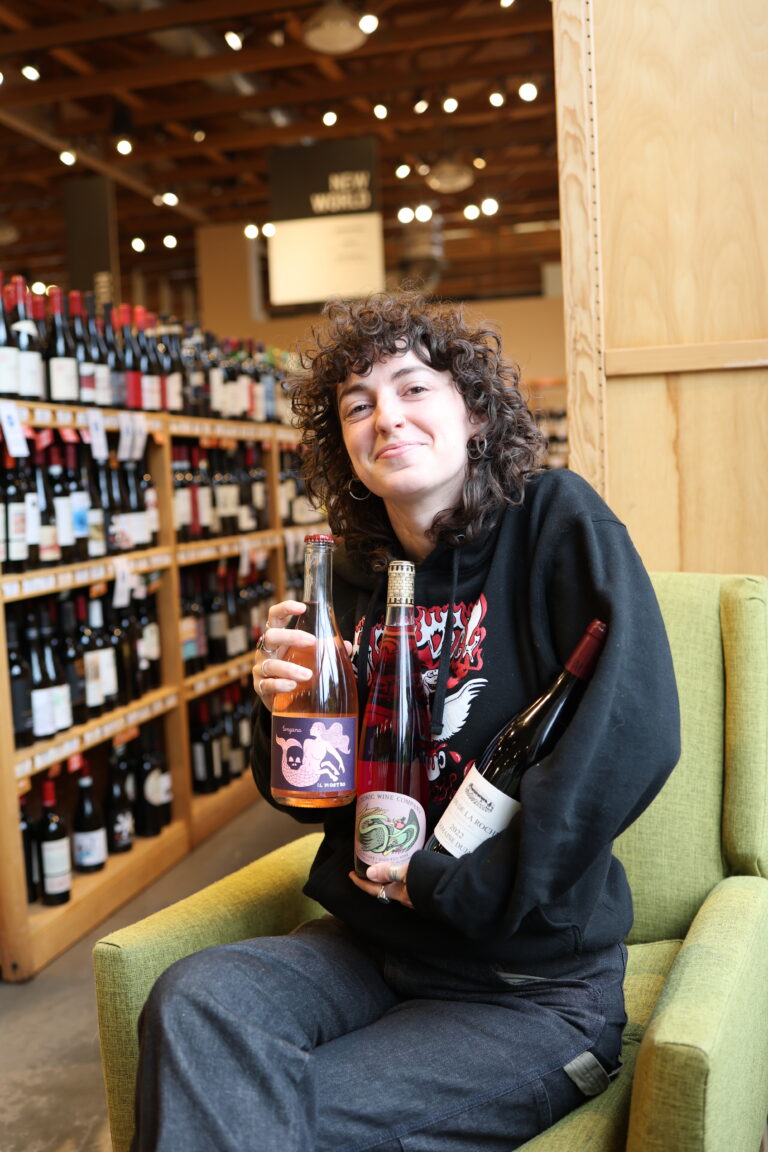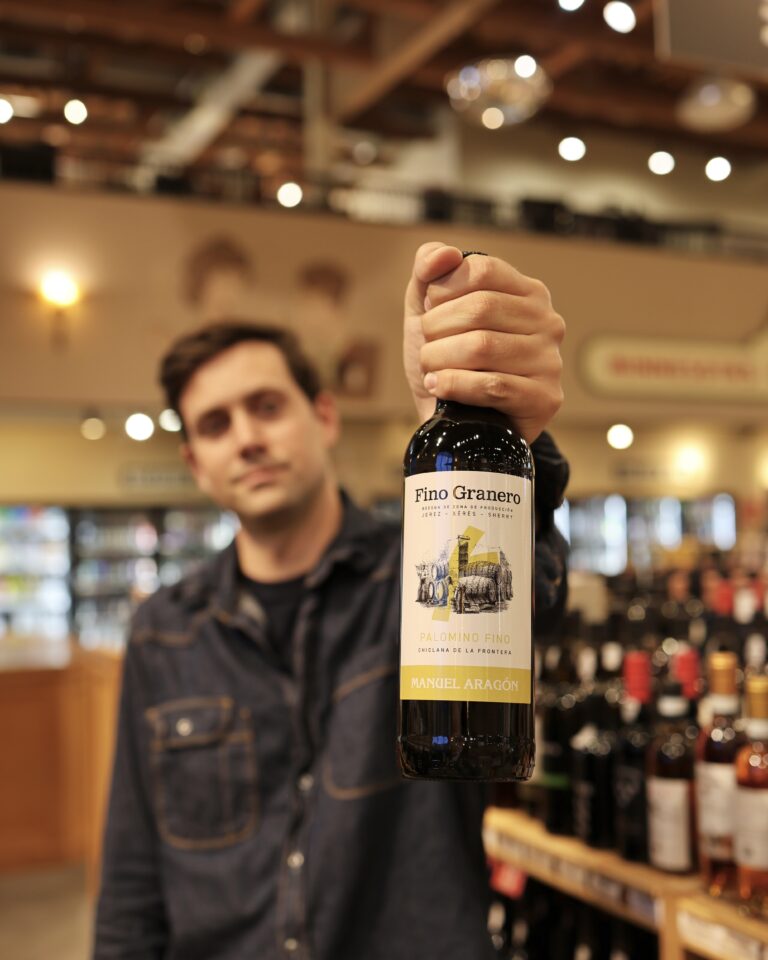By Karina Roe
From the very beginning of getting into the world of wine, the thing that’s always drawn me to wine has been the connections to other parts of life that you can find in it. No matter what your background, interests, or culture and traditions entail, you’re apt to find a unique entry point that gets you access to a pretty fascinating and nerdy universe.
I think that’s also why we tend to be so fixated on the practice of pairing wine with other things. Wine can be stretched and molded into many different forms: It can be a supporting cast member to an incredible food dish. It can change the way a certain cheese tastes. It’s heavily affected by the environment it’s enjoyed it, including factors like room temperature, ambiance, sound, emotions and mood, etc. It can be the catalyst for changing the environment it’s enjoyed in, too.
We spend a lot of time in our blogs, classes, social media, and in our everyday conversations talking about pairing. We won’t go into extreme detail today (that’s what a class is for 😉) but suffice it to say there are a lot of considerations and creative ideas when it comes to pairing a wine to something. Pairing is one of the most dynamic and educational parts of experiencing a wine, and we always encourage our customers, clients and students to bend (or break) “the rules” of pairing to discover a new realm of flavor, texture, or sensory experience.
Below are some jumping-off points to get you started in thinking about what to pair and how to do it:
Pairing like with like – finding similar flavors and structural elements in the wine and food to create a congruent pairing
- Examples: high-acid wine with high-acid foods, like Sauvignon Blanc and goat cheese, or Chardonnay from Chablis with raw oysters and lemon. Or, a full-bodied, full-flavored wine with a rich food, like Reserva Rioja with roasted leg of lamb, or Syrah with grilled red meats.

Pairing opposites – contrasting the flavors and structure in a wine against dissimilar features in a food
- Examples: sweet wines with savory foods, like Sauternes and foie gras, or Port and Stilton cheese. Or, high-acid wines with fatty foods, like Pinot Noir and salmon, or Riesling and bratwurst.
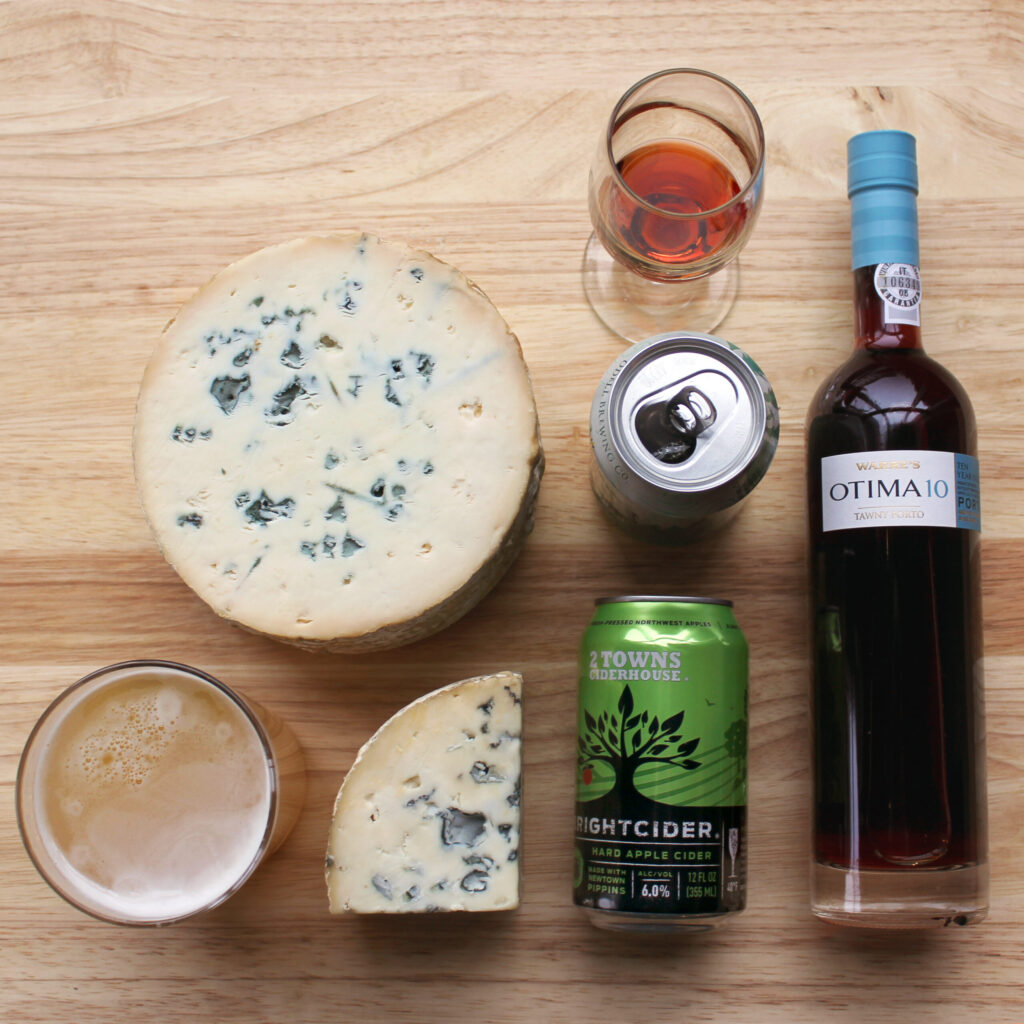
What grows together, goes together – matching your food to the wines of the region the food comes from. Note: you still need to consider flavor and structure! This is a fun starting point, but isn’t fail-proof.
- Examples: Chianti and pasta with red sauce, Pinotage with South African braai (grilled skewers and other meats), Malbec with Argentinian beef, or Champagne and Langres cheese.
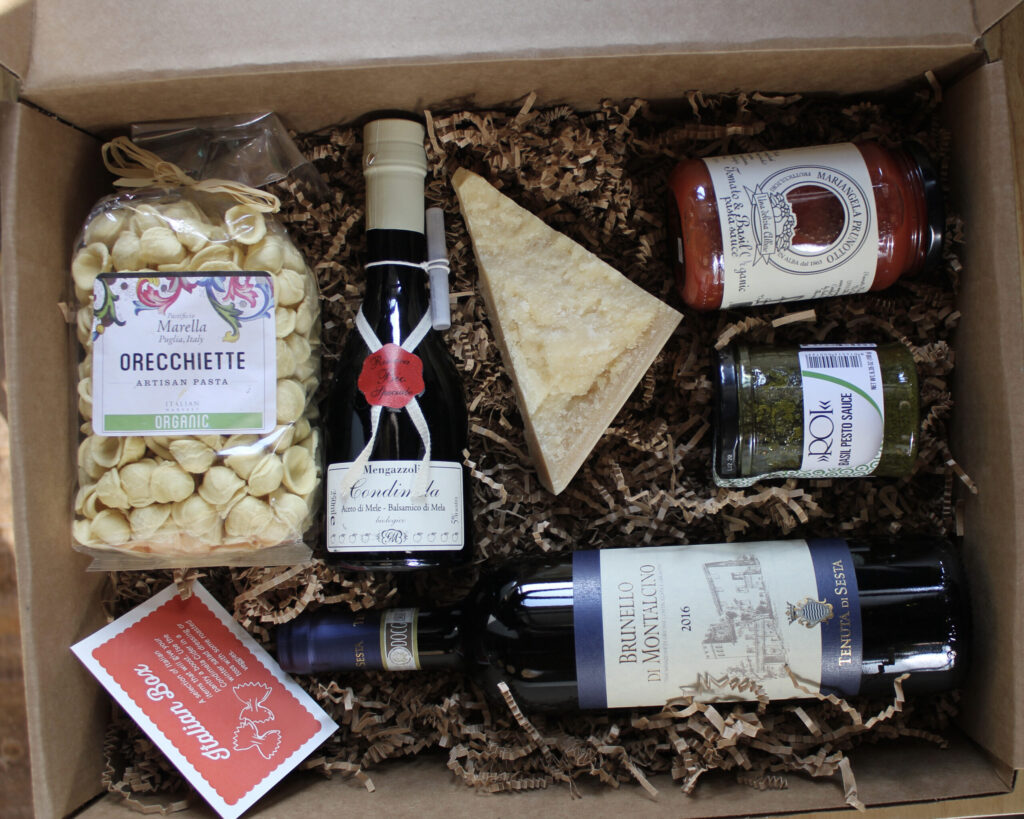
Pairing wine to other sensory experiences – can use a congruent or contrasting guiding rule; most often, a congruent pairing is easiest
- Music examples: match the tonal qualities of a music piece with structural and flavor elements in a wine (high acid, sweetness, bitterness, earthy, full-bodied)
- Literature examples: match the emotion of the storyline, or a character, or a setting, or historical connections with a similar wine. Turning the wine into a person is a helpful, creative, and fascinating way to imbibe!
- Art examples: match the color palette, scene, background of the artist, energy or emotion, or medium to the structure and flavor of a wine
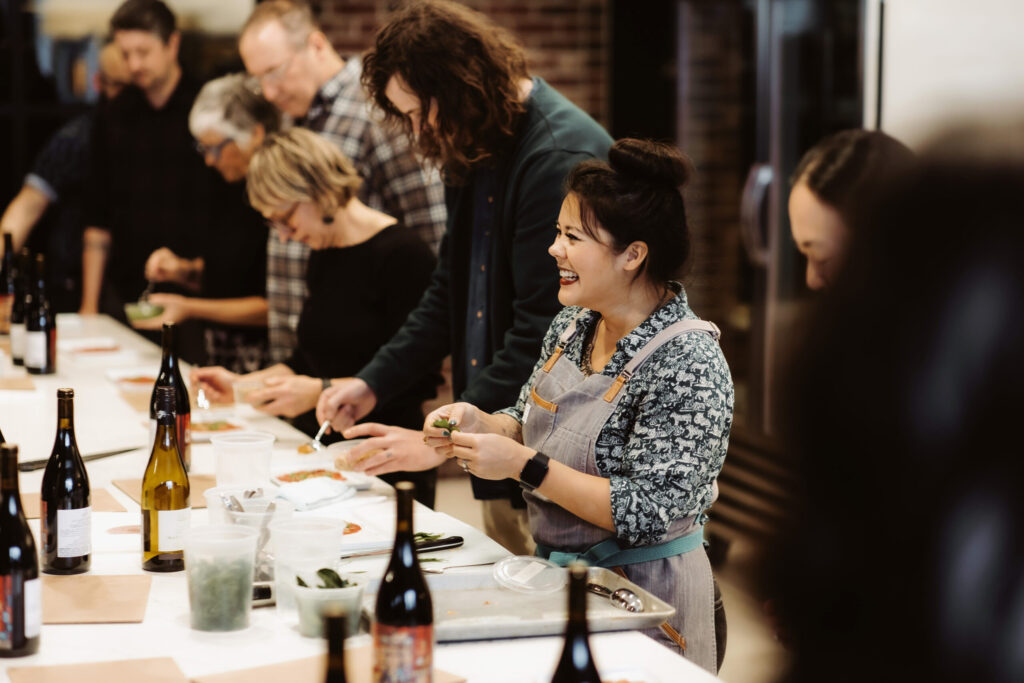
The world is your wine bottle! Let us know what funky, interesting, inspiring pairings you’ve come up with.
